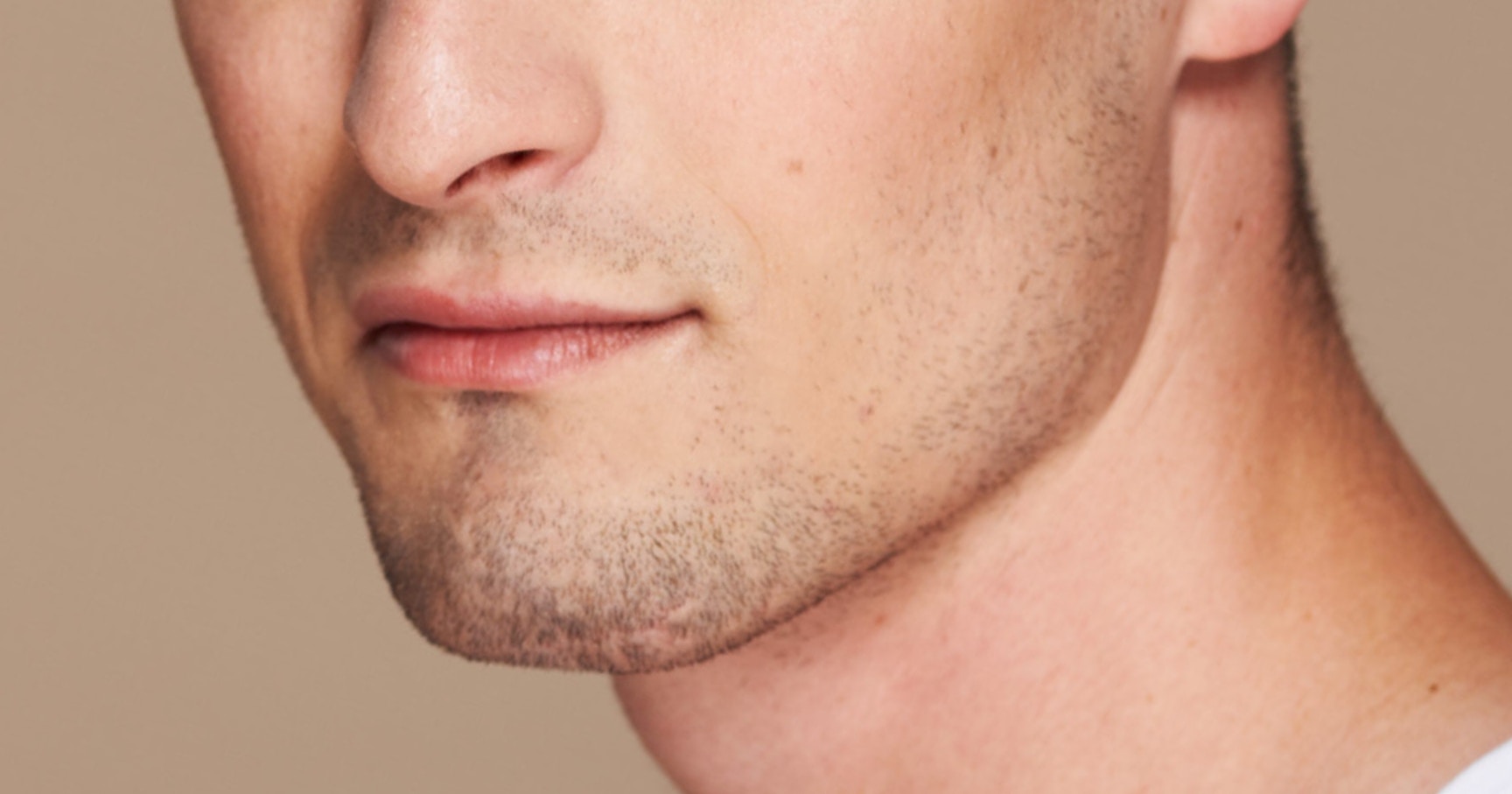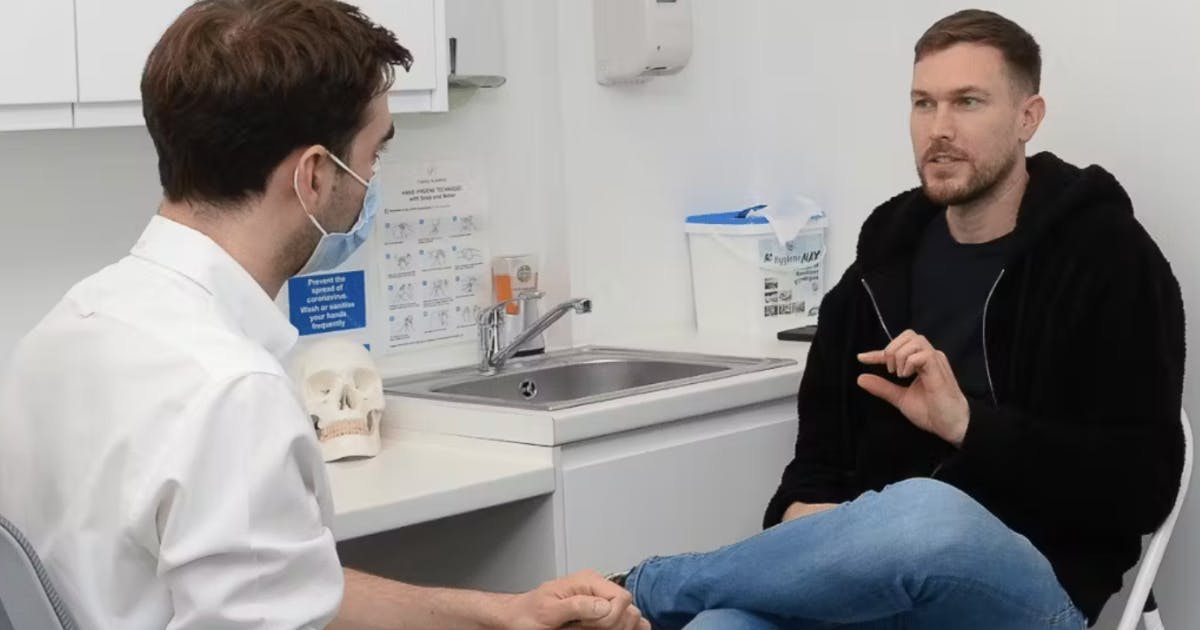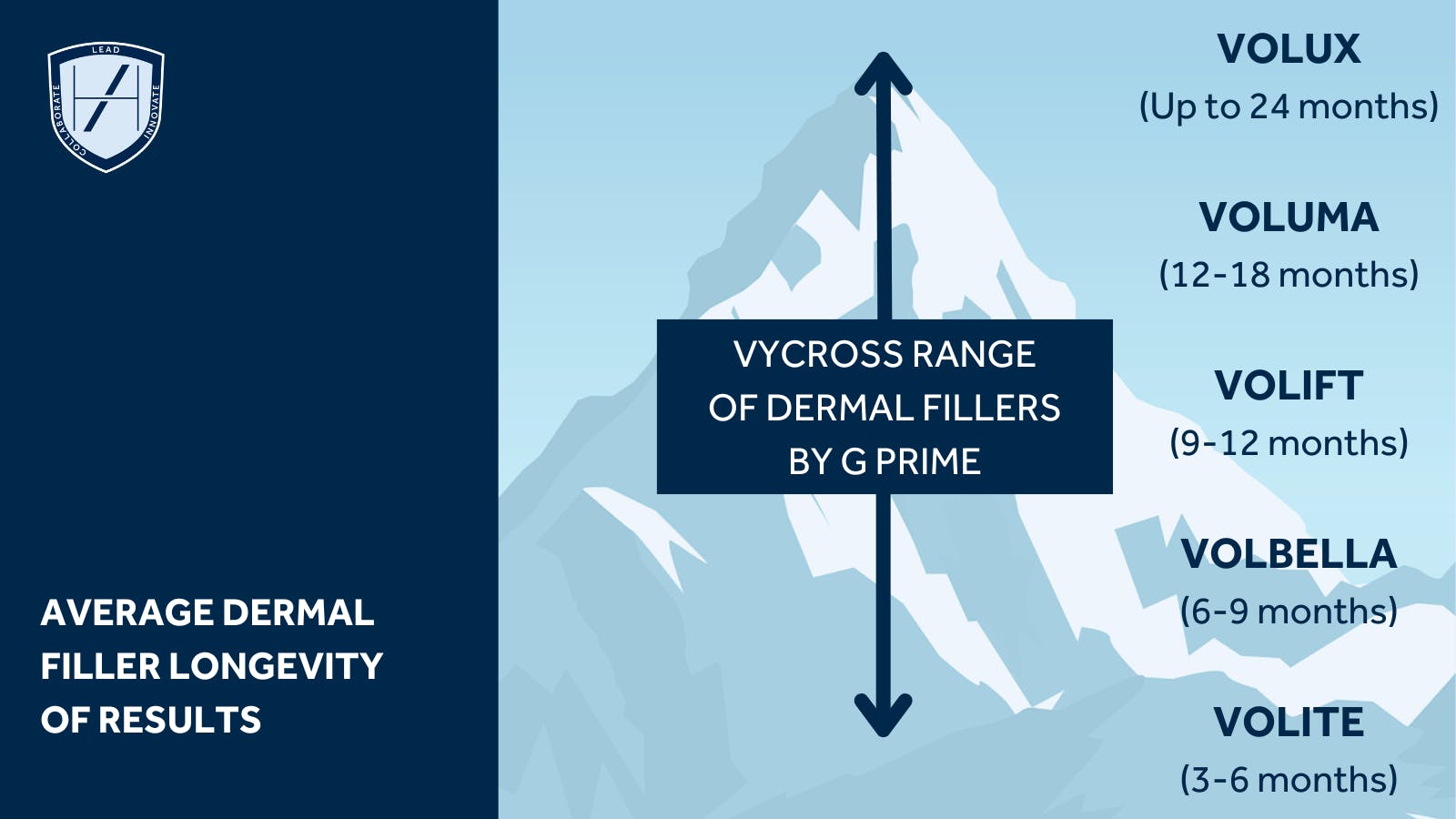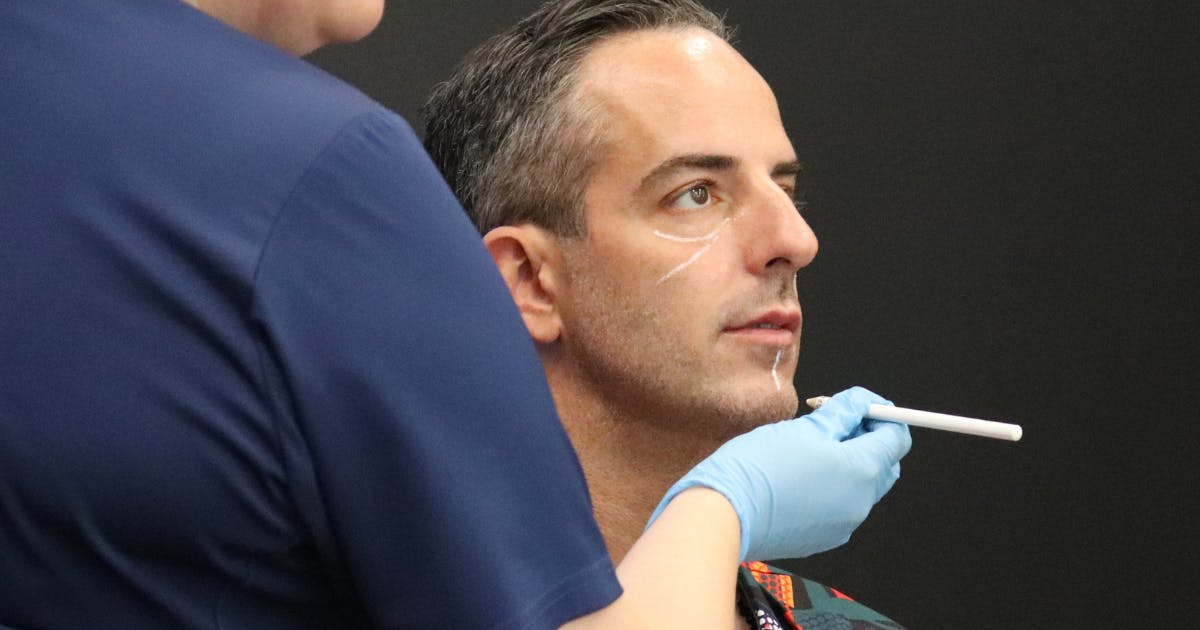Enhancing the Masculine Jawline - Filler Sculpting Techniques

Creating a more traditionally masculine jawline with filler sculpting techniques is a popular cosmetic procedure for men.
This non-surgical approach allows patients to go at their own pace as they work towards achieving their aims. It offers an alternative to the dramatic and invasive option of surgery. Often these goals are to have a more well-defined jawline and a square - or squarer - jaw.
Many aesthetic practitioners may be familiar with facial contouring for female patients but struggle with fillers for men.
There is a growing cohort of men seeking injectable treatments. As such, learning how to treat male filler patients is important for your professional development.
As such, we wanted to bring you a guide that explains how to create a more masculine jawline using filler.
We spoke to clinical trainer and aesthetic medicine specialist, Dr Bhavin Garara about how to approach this treatment.

Conducting facial assessments for male jawline filler patients
“The rule of thirds originates from aesthetics and photography,” explains Dr Bhavin. “It involves dividing an image into three equal parts horizontally and vertically to achieve visual balance.
“In facial anatomy, this principle extends to the ideal proportions of the face, where the upper, middle, and lower thirds are ideally of equal length.
“These proportions guide the placement of features such as the eyes, nose, and mouth, aiming to create facial harmony and balance.”
When discussing the lower third of the face, he notes, “A well-defined jawline is often sought after by both men and women, as it’s associated with beauty and youthfulness. Typically, men tend to have a more angular, square-shaped face with a prominent jawline. They also often have a more pronounced jaw angle, with a larger and more robust chin than women.”
When assessing your jawline filler patient you can use the Rule of Thirds to consider treatment impact. It’s vital to consider their face shape as a whole - not just the specific treatment area. You should always work with their anatomical presentation to enhance patients’ appearance, not create imbalances which may look unnatural.
Gender and ethnicity considerations for jawline filler
Dr Bhavin confirms, “Gender and ethnicity play a significant role in jawline sculpting techniques. For masculine presenting patients, the goal is typically to enhance and define the jawline and chin to create a more angular, chiselled appearance.
“However, depending on personal preferences and cultural norms, men might also desire a softer or more feminine chin.
“Ethnicity should also influence your approach as an aesthetic practitioner,” he counsels. “Different ethnicities may have varying jawline shapes and proportions that need to be considered for natural-looking results.”
Learning to properly assess the face
How to assess the face for proportionate results based on the individual’s unique anatomy is something we teach our trainees right from the start of their medical aesthetics careers.
This is the case whether you opt to start with our Foundation Training in Botox & Dermal Fillers - either as a standalone course or as part of our Ofqual-regulated Level 7 Diploma qualification in injectabales. Or if you kick off your learning journey with The Aesthetics Accelerator.
You’ll learn the right way to determine the best possible bespoke treatment plan for your patients. This involves considering:
- Their goals and concerns
- Anatomy
- Gender
- Ethnicity
- Face shape and skin quality
- Budget
- Your skill level and confidence in administering the relevant treatments.
Be clear on your patients’ desired outcomes - never assume
Never assume that, for example, because your patient is a man they wish to have a more masculine jawline.
Listen to what your patients tell you they want to see from their appearance.
This is something you’ll need to draw out during your clinical consultation. It’s one of the reasons we say that the consultation is the most important part of any appointment. Also, it’s often the longest part.
Remember, the more in-depth and open your consultation is, the better the outcomes are likely to be. Just be sure to practice active listening so you’re aligned on the aims, then create a treatment plan to suit.
Ask them to show you a photo for added clarity
If your patient is not communicating their aims clearly enough, ask them to show you a picture of the type of results they’re looking for.
This could be a photo of them when they were younger if they’re looking to go back to a more youthful version of themselves. It could also be a photo of someone else who has the type of jawline they’re looking for.
If they don’t have a suitable photo to hand during your appointment, you could search for one online during the consultation. Often it’s beneficial to ask patients to bring one along when you send their pre-appointment information.
This approach has a couple of benefits. Firstly, you should be able to gain clarity on the type of results they’re looking to achieve.
Secondly, you can then talk them through whether they’re a suitable candidate for this ‘look’. If they aren’t, gently explain why and what other options are more realistic so you can manage their expectations.
Patient requests versus your aesthetic preferences
It’s also important to avoid projecting your own beauty standards onto your patients. This advice is relevant to all filler treatments but is especially pertinent to lips and treatments based around feminising or masculinising.
The patient is likely coming to you because they’ve researched your services and like what they see. However, occasionally there may be a mis-match.
If your patient is asking for a treatment result you’re uncomfortable delivering, or you don’t believe will work for them, you have the right to refuse treatment.
For example, if you specialise in subtle enhancements and they’re requesting something quite dramatic - excessive, even, in your opinion - this is a clash.
Consider whether providing the treatment works for you on an ethical level and whether you’d be happy to receive other patient recommendations based on this work. Would you want to become known for this type of look?
If the answer is ‘no’, you’re better off politely declining to treat the patient. They’ll find a practitioner better-placed to deliver the aesthetic they’re looking for and you won’t have to compromise your ethics.

An example of the stated longevity of different G prime fillers based on manufacturer's guidance
Enhancing the masculine jawline using filler
Masculine jawline sculpting has been popularised in recent years through the ‘looksmaxxing’ trend.
Dr Bhavin notes, “‘Looksmaxxing’ refers to the practice of enhancing one's appearance through various means, including non-surgical cosmetic procedures such as jawline fillers.”
This can involve natural-looking results but it can also be taken to the extreme. Social media has played a large role in showing men what’s possible, but it’s also showcased more radical transformations.
He advises, “While it's a personal choice, it's essential to consider the potential risks and benefits of any cosmetic treatment. It's crucial to have realistic expectations and to prioritise overall health and well-being over purely aesthetic goals.”
You may find it useful to spend additional time expanding on your mental health screening questions if you come across some of the more extreme looksmaxxing cases. As before, if you feel the patient is unsuitable or you don’t feel comfortable administering the treatment, then don’t.
Injection techniques for enhancing the masculine jawline
Both cannula and needle techniques can be used for jawline treatments.
In the gonial angle, supraperiosteal deposits of boluses can be used to emphasise the angle of the jaw and extend the bigonial distance. This requires you to use a high G prime product.
Along the jawline, cannula treatments are generally used in layer 2, to encourage a more defined look for the jaw. Here you can use medium to firm filler products, depending on what outcome you require.
Common mistakes new injectors make with jawline filler for men
Dr Bhavin regularly trains cohorts of healthcare professionals on a one-to-one basis, as part of our various aesthetics courses. As such, he’s perfectly placed to comment on the trends he’s noticed for rookie errors newbies tend to make.
He identifies these four issues as some of the most commonly seen mistakes:
- Overfilling
- Improper placement of filler
- Asymmetrical results
- Inadequate understanding of facial anatomy.
“It's essential for injectors to undergo thorough medical aesthetics training and gain experience under the supervision of a qualified mentor or trainer before administering these procedures independently,” he stresses.
“Additionally, as already set out, communication with the patient about their desired outcome and managing expectations is crucial for successful results.”

How to refine your jawline filler sculpting techniques
If you’re a competent aesthetic practitioner and are looking to really hone your technique when it comes to jawline sculpting, we can help.
Our Facial Contouring Masterclass covers complementary treatments for the cheeks, mid-face and lower face. This allows you to enhance your approach and develop a deep understanding of how to combine treatments to optimal effect.
You’ll have dedicated eLearning to get through - the online section of this short course which doesn’t require any time in clinic. This covers the theory and principles you’ll be putting into practice during your hands-on day.
Once you’ve successfully completed your eLearning, you’re then ready to spend a full day at our flagship site, Harley Academy Threadneedle Street. Set in the City of London, in the heart of the historic financial district, you’ll waste no time in immersing yourself in hands-on practice.
This small-group session allows for direction and one-to-one supervision from our specialist mentors, so you can benefit from their expertise and network with your peers.
This highly-targeted, short aesthetics course is a great way to top-up your knowledge and sharpen your skills in a way that will benefit your patients and your revenue!
For more information, please have a chat with our Course Advisors by booking a call or using the chatbot at the bottom right of this screen.
All information correct at the time of publication
Download our full prospectus
Browse all our injectables, dermal fillers and cosmetic dermatology courses in one document
By submitting this form, you agree to receive marketing about our products, events, promotions and exclusive content. Consent is not a condition of purchase, and no purchase is necessary. Message frequency varies. View our Privacy Policy and Terms & Conditions
Attend our FREE open evening
If you're not sure which course is right for you, let us help
Join us online or in-person at our free open evening to learn more
Our Partners














STAY INFORMED
Sign up to receive industry news, careers advice, special offers and information on Harley Academy courses and services


